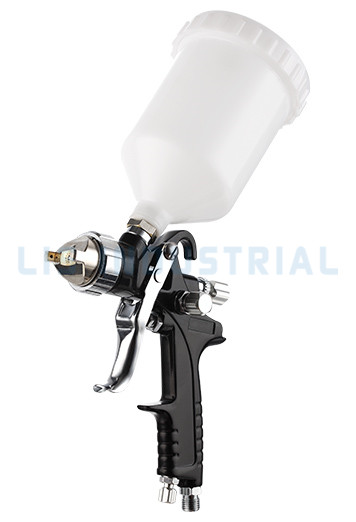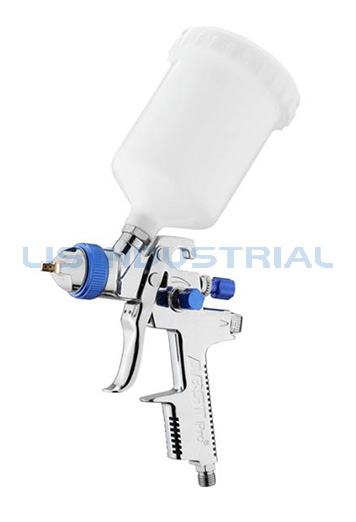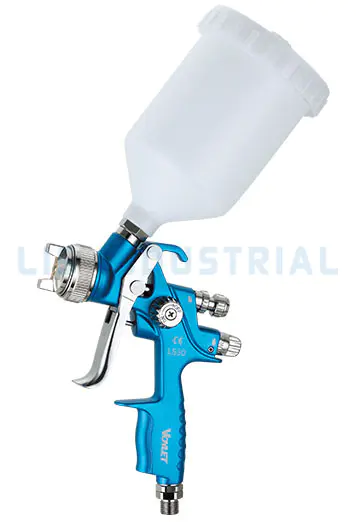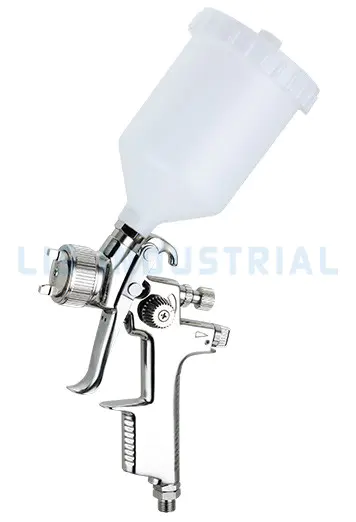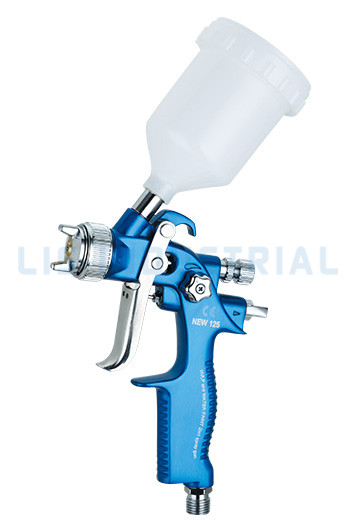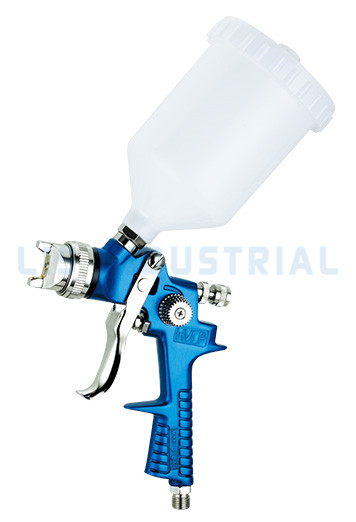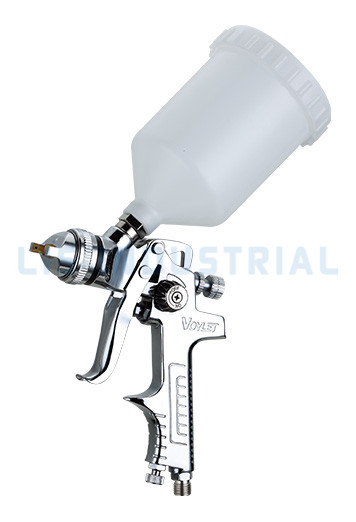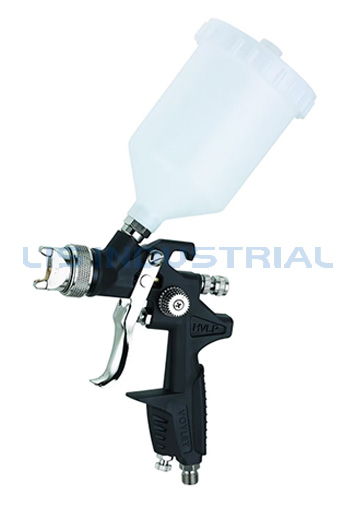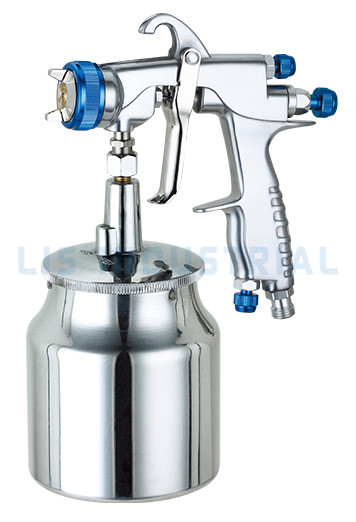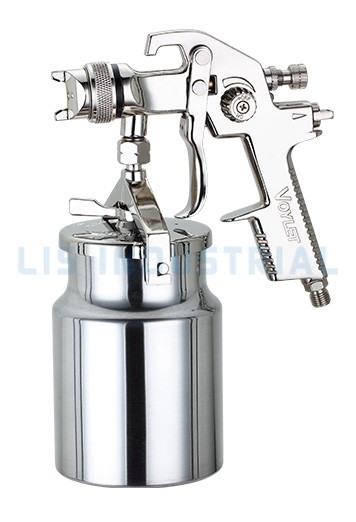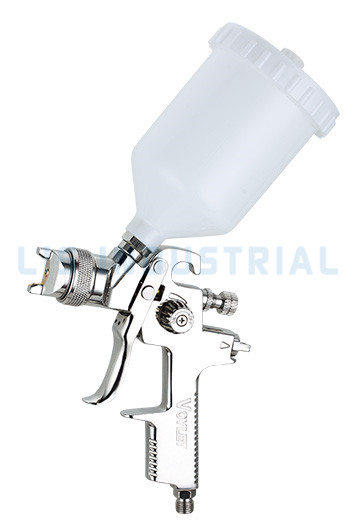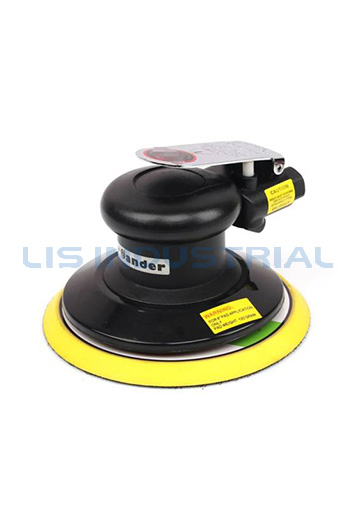- The scientific principle of the bulge structure
Slope effect: The bulge at the bottom of the paint tank forms a slope of about 15°, and there is a height difference between the paint on the tank wall and the center (usually 3-5mm).
Sinking guide: Heavy particles such as color paste/metal powder (density of more than 2.5g/cm³) slide along the slope to the center to prevent the edge of the flat-bottomed tank from hardening. When the stirring rod of the vortex generator is inserted, the bulge structure destroys the laminar flow and forces a two-way vortex to form--
Upward flow: The particles at the center of the tank bottom are lifted
Outward flow: The paint liquid on the tank wall is replenished downward
Effect: The stirring time is shortened from 10 minutes to 3 minutes, and the energy consumption is reduced by 50%!
- Comparison of anti-precipitation performance
|
Indicators |
Flat bottom paint cans |
Convex bottom paint cans |
|
Sedimentation hardness |
Compact like concrete |
Soft like sand |
|
Color paste residue |
Residue on the tank wall is up to 15% |
Residue on the tank bottom is <5% |
|
Mixing homogeneity |
Requires repeated scraping of the wall |
One-time mixing will result in uniform mixing |
- Environmental protection and economy
The bulge design at the bottom of the paint tank can reduce the waste of paint. The "paint corpse layer" of the flat-bottomed tank has an average residue of 150g (accounting for 10% of the total), while the convex-bottomed tank has a residue of <50g.
The raised structure keeps the sediment layer away from the sealing surface of the can lid, preventing the dried paint from falling into the paint when the can is opened, and extending the effective shelf life by 3 months.

 Search
Search
 English
English 中文简体
中文简体 Deutsch
Deutsch